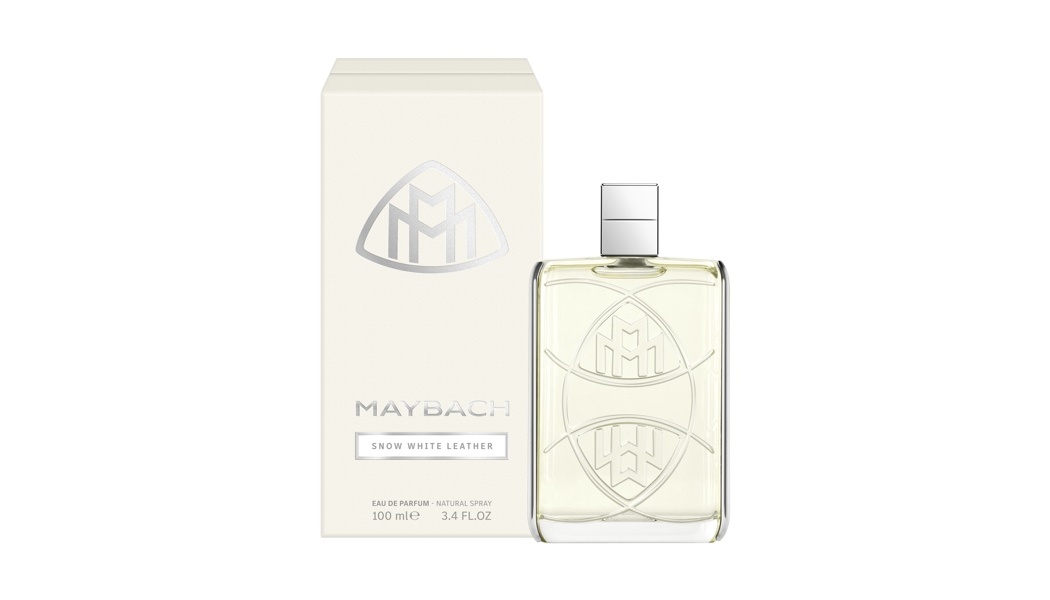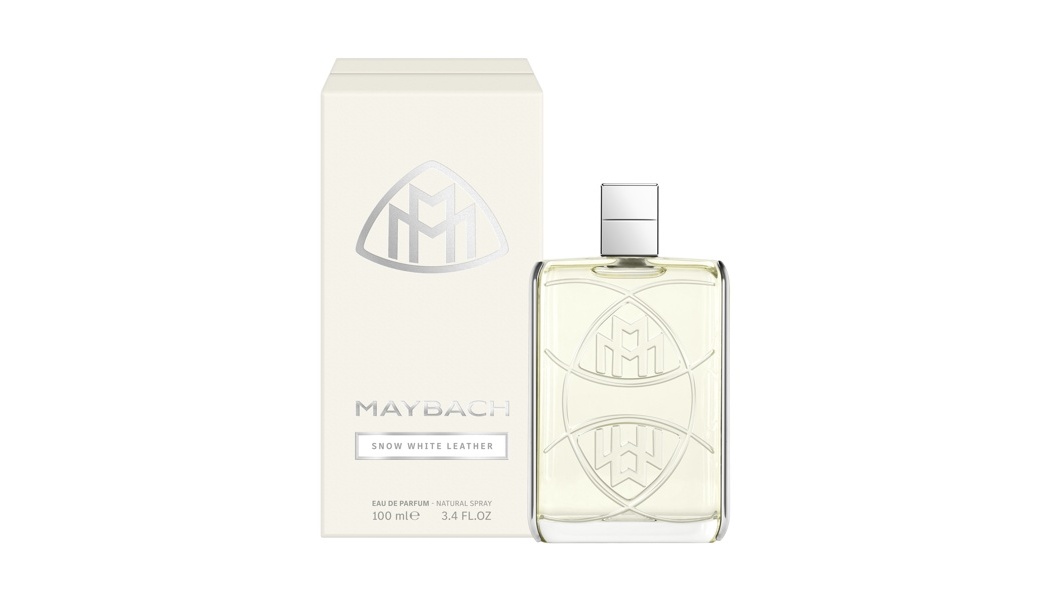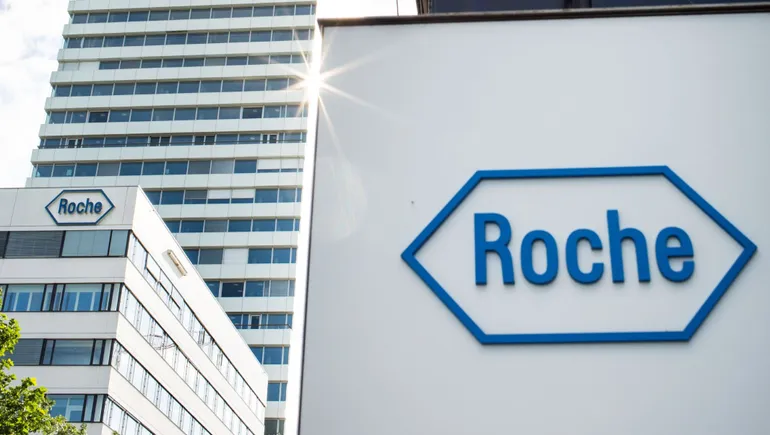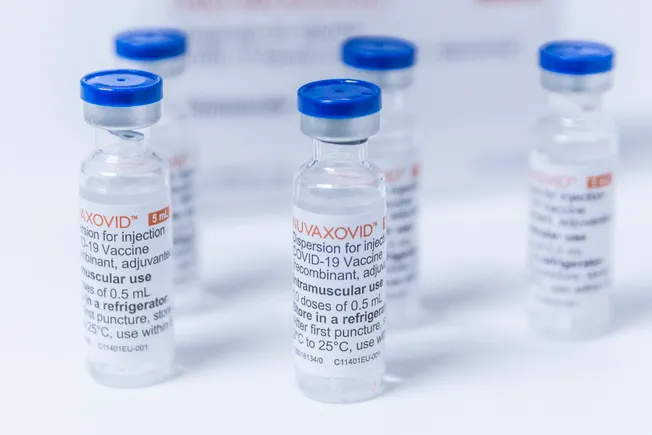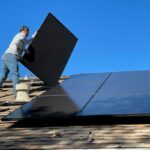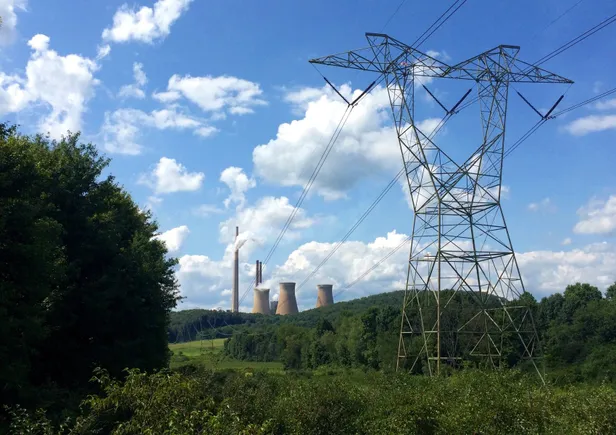Stabilizing Wide‐Bandgap Perovskite with Nanoscale Inorganic Halide Barriers for Next‐Generation Tandem Technology
Advanced Energy Materials, Volume 15, Issue 12, March 25, 2025.

By employing an inorganic halide as a nanoscale inorganic barrier covering grain boundaries, key challenges in perovskite technology, including defect passivation and halide segregation are addressed. This barrier impressively enhanced the performance and stability of wide-bandgap single-junction perovskite solar cells, with a remarkable fill factor of 84.82% and open-circuit voltage of 1.305 V, resulting in high efficiencies across various bandgaps: 21.54% for 1.70 eV, 20.45% for 1.77 eV, and 19.22% for 1.82 eV. In addition, monolithic all-perovskite tandem solar cells with improved stability and efficiency are demonstrated.
Abstract
Wide-bandgap (WBG) perovskite solar cells (PSCs) play a crucial role in advancing perovskite-based tandem solar cells. In WBG perovskite films, grain boundary (GB) defects are the main contributors to open-circuit voltage (V OC) deficits and performance degradation. This report presents an effective strategy for passivating GBs by incorporating an inorganic protective layer and reducing the density of GBs in perovskite films. This is achieved by integrating potassium thiocyanate (KSCN) into I-Br mixed halide WBG perovskites. It is reported for the first time that the incorporation of KSCN creates band-shaped barriers along the GBs. In addition, KSCN enlarges the grains of perovskite film. Elemental and structural analyses reveal that these barriers are composed of potassium lead halide. Incorporating KSCN significantly enhances the fill factor and V OC of WBG single-junction PSCs by reducing trap density. This results in high power conversion efficiencies of 19.22% (bandgap of 1.82 eV), 20.45% (1.78 eV), and 21.54% (1.70 eV) with a C60/bathocuproine electron transport layer, and 18.51% (1.82 eV) with a C60/SnO2. Furthermore, both operational and shelf stabilities are significantly improved due to reduced light-induced halide segregation. By using inorganic-halide-passivated WBG sub-cells, a monolithic all-perovskite tandem solar cell with an efficiency of 27.04% is demonstrated.
































































